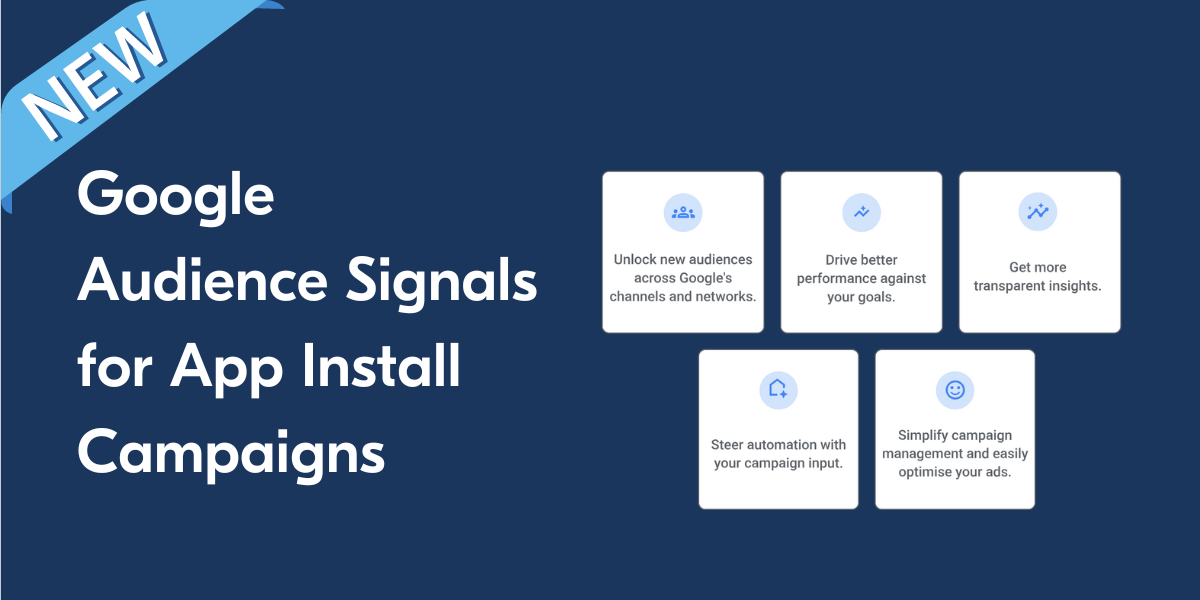The mobile games industry is a rapidly growing market. Between 2015 and 2021, this sector grew from 1.9 to 3.2 billion gamers. Currently, there are more than 180 million monthly gamers in the US alone.
This category dominates app store revenue share with an approximate 66% slice of the pie. Indications suggest that these numbers will continue to grow.
Consumer spend reached $116B in 2021 , constituting a $16B increase from 2020. Compared with the 1.4% annual growth of the gaming industry as a whole, the 7% annual growth of mobile gaming is impressive.
This article explores some of the most prominent 2022 mobile gaming trends. Looking at what's influencing the development of mobile games and marketing strategies used to stay ahead of the pack in this highly competitive environment in 2022.
#1 Gaming evolutions: P2P, F2P and P2E
Pay-to-play (P2P) models used to dominate video games and were mainly available for gaming consoles such as PlayStation and Xbox. The rapid development of mobile devices such as smartphones established new gaming platforms.
Free-to-play (F2P) concepts evolved in tandem with app stores and the increased usage of smartphones. It offered gamers a chance to play games for free with the option to make in-game purchases and download other games prompted by in-game ads. This gives users a chance to test drive the game before investing in it.
Today, play-to-earn (P2E) strategies combine the best of the P2P and F2P models and are becoming increasingly popular. By incorporating blockchain technologies, players can now get something back in terms of their gaming time and skills. P2E continues to gain popularity among gamers. This sees games such as Axie Infinity, The Sandbox and Gods Unchained gaining traction.
There is some debate about the longevity of blockchain gaming but what’s for sure is that in 2022, it’s a very popular bandwagon!
#2 IDFA changes posing significant challenges
Since recalling its identifier for advertisers (IDFA), Apple significantly impacted the way that marketers approach campaigns and attribute ad spend. In the past, the IDFA enabled advertisers to track users through unique mobile device IDs.
Today, all iOS devices have app tracking transparency (ATT) where apps need user permission to use their data. To state it mildly, this shift shook the foundations of mobile marketing.
Now, users denying this allowance do not feature in the valuable metrics from marketing campaigns. Users can effectively disappear from the data-gathering radars. The loss of this valuable information makes targeted advertising challenging and directly affects user acquisitions and monetization.
Mobile game marketers must make drastic adjustments to factor in these new regulations and still find and deliver relevant content to interested users. Aside from adopting new methods of finding potential new audiences such using third-party purchase data to target ads, there has been an increased focus on user experiences to retain audiences and gain more value from users once acquired, for example by adding social feature (see trend #5).
#3 Subscription gaming
Global spend in the top 100 subscription apps increased by 41% in 2021, totaling $18.3 billion, according to SensorTower .
The freemium, try-before-you-buy monetization model is great for engaging a new audience before they’re ready to spend on your game. Once users are hooked, offering a subscription to remove ads and unlock access is a proven hit with mobile gamers.
Another monetization model that is seeing a surge in popularity is subscriptions. Non-gaming apps, such as video streaming services, are not newcomers to the monetization value of subscriptions. It is only natural that this popular method of generating revenue through recurring higher value payments, instead of one-off incremental payments, has been adopted by the mobile gaming sphere.
Apple Arcade and Microsoft are at the forefront of subscription-based gaming. For example, gamers can access all of the Microsoft-owned games for $15 a month. This includes those by third-party developers wishing to use a Microsoft platform such as Xbox or Windows PCs.
These cloud-based services mean gamers can access vast libraries of content across all their connected devices. The degree of flexibility to explore many titles without committing a sunk cost to access an individual game is an attractive proposition. Roughly half of all gamers, which includes a large portion of Millennials, subscribe to gaming services.
Subscription gaming also benefits developers. It makes new launches much easier and removes the risk of having to sell the game to establish a user base. Streaming subscriptions open a door to address some of the app industry’s marketing challenges.
#4 Hyper-casual gaming
According to 2021 reports , hyper-casual games were the best-performing mobile gaming sub-category for downloads. The third quarter of 2021 alone saw total downloads of games at approximately 14.3 billion . Of these, 3.6 billion were hyper-casual games and constituted some of the most successful paid conversion and retention rates.
The lifecycle of hyper-casual gamers is short so monetizing with in-app payments is difficult. By amassing a large user base and implementing an effective in-app advertising strategy, a lot of revenue can be generated from hyper-casual games - leading to a 137% y-o-y increase in new hyper-casual games being created in 2021. But it’s worth noting that in-app purchase revenues also grew 164% in 2021 for hyper-casual games. Impressive growth!
#5 Social features
During recent global lockdowns the desire for human connection led to a surge in users linking their social media accounts to mobile games. Once connected users become part of a community that they engage with through interactive in-game elements.
Connecting your social media accounts provides a way to share your gaming experience, track your friends progress, share in-game content, invite friends etc. A major benefit for developers is the increased competition this creates amongst players, leading to improved engagement and retention rates. Savvy app developers caught onto this uptick and offered players incentives to connect their accounts to capitalize on the opportunity.
In 2019, after Epic Games added social features to the mobile version of Fortnite, the average amount of time spent in the game increased by 130%.
#6 Changing demographics increase potential audience size
The age of the average gamer is on the rise. By now, generations have grown up with video games as an everyday part of life. Today, young and old alike are into gaming.
In the past, video games were associated with young male enthusiasts. Present-day gaming represents a diverse audience thanks to mobile gaming.
Analysis shows t hat 45% of the US gaming population consists of females and Google research indicated that 65% of US women play mobile games.
Great news for mobile game developers as this broadens the size of the potential audience. Marketers must keep these shifts in mind and redefine target audiences to capture these additional demographics.



